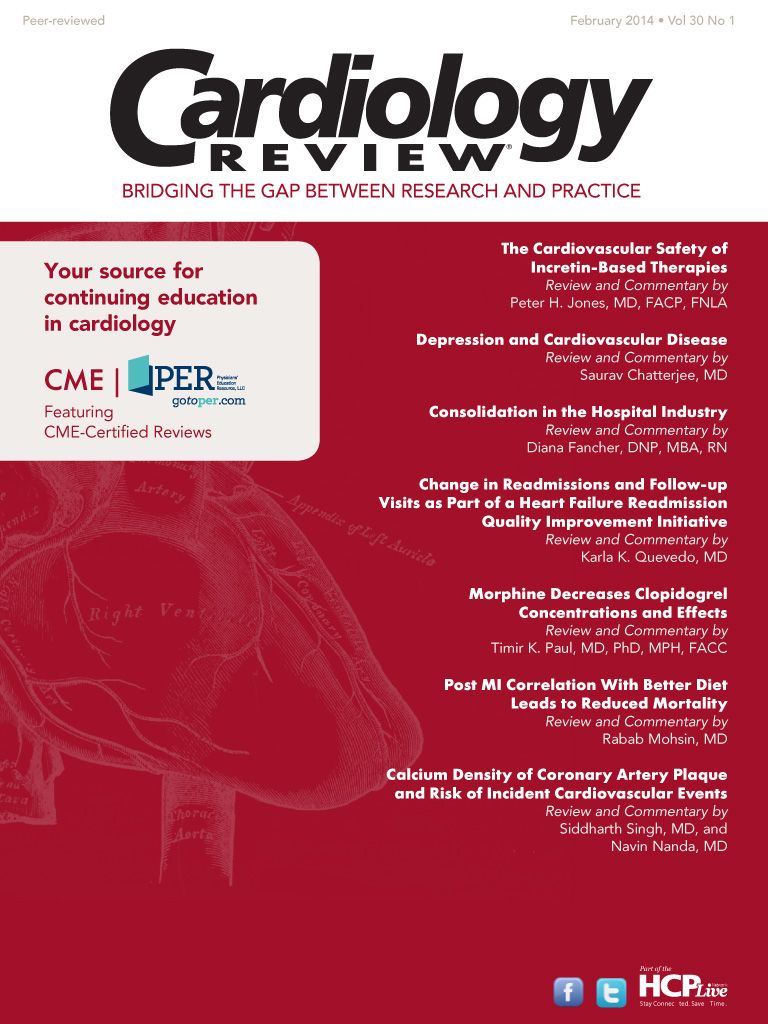Publication
Article
Cardiology Review® Online
FDA Cracks Down on Indian Companies Making US-Bound Meds
Author(s):
FDA investigators have stepped up investigations of Indian drug manufacturers and issued "a flood" of warning letters and fines for providing falsified drug test results and selling fake medications.
FDA Cracks Down on Indian Companies Making US-Bound Meds
India is the United States’ second-largest exporter of prescription and nonprescription medications, supplying 40% of our medications. The New York Times reported that FDA investigators have stepped up investigations of Indian drug manufacturers and issued “a flood” of warning letters and fines for providing falsified drug test results and selling fake medications.

The fines have included Ranbaxy, one of the biggest Indian drug makers. It has been reported that 11 Ranbaxy medications were banned from entering the United States because of safety concerns. The FDA did not specify, however, which 11 medications were affected or what was wrong with the drugs. FDA Commissioner Margaret A. Hamburg, MD, visited India to express concern about lapses in quality at some Indian pharmaceutical firms. Contributing to the problem is the fact that India’s drug regulation agency is only 2% of the size of the FDA, and its authority is limited to new drugs. State health departments oversee drugs on the market longer than 4 years, and many state health departments are viewed as being corrupt or without the needed expertise to oversee a sophisticated industry.
Most Indian drug manufacturing facilities are of top quality—Cipla is noteworthy in this regard. But India’s pharmaceutical industry is not the only overseas source that is causing concern among FDA officials. Some of the largest counterfeit pharmaceutical manufacturing operations are found in China, on which the United States has become highly dependent because China is now the sole source of crucial ingredients for nearly all antibiotics, steroids, and many other critical drugs.






